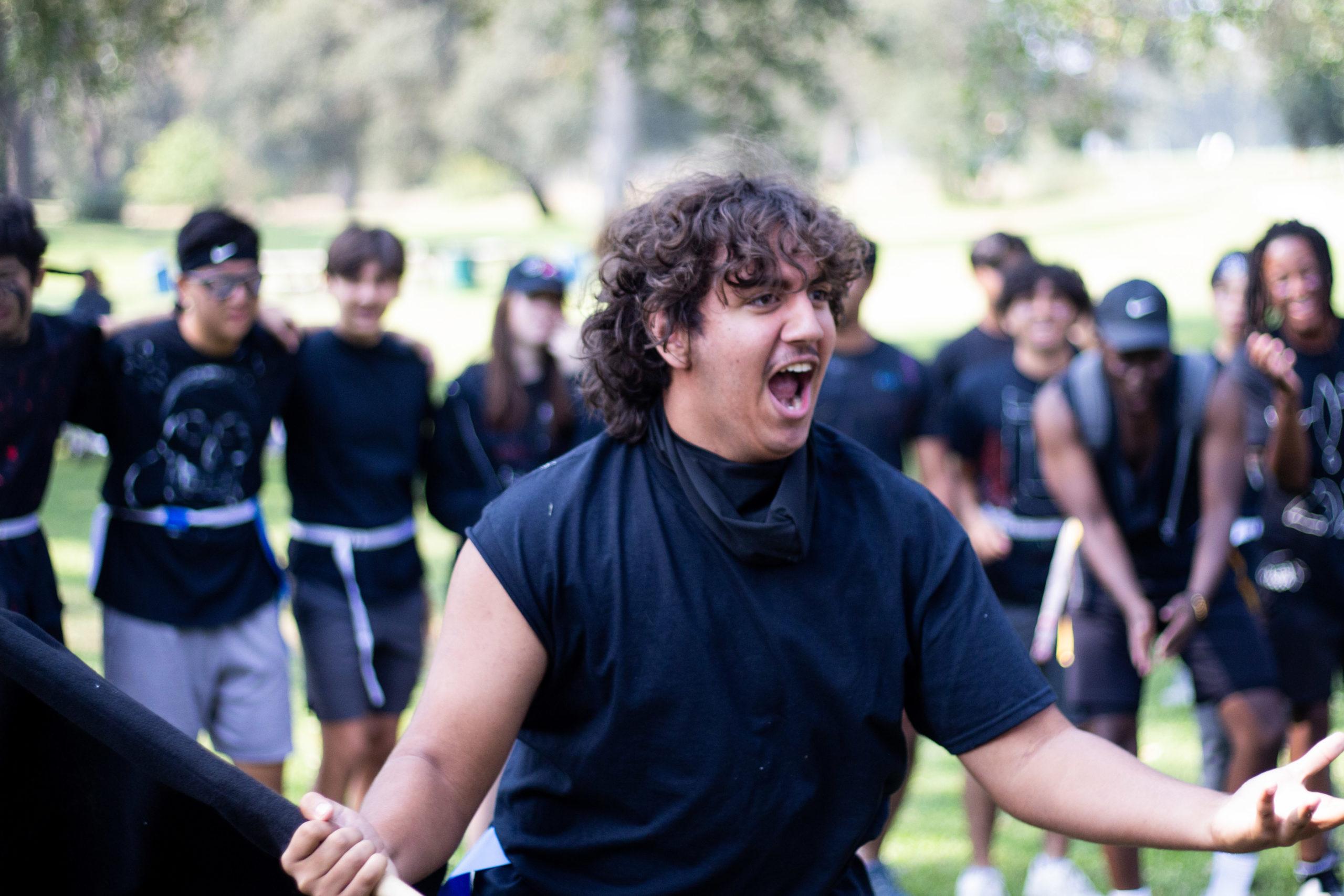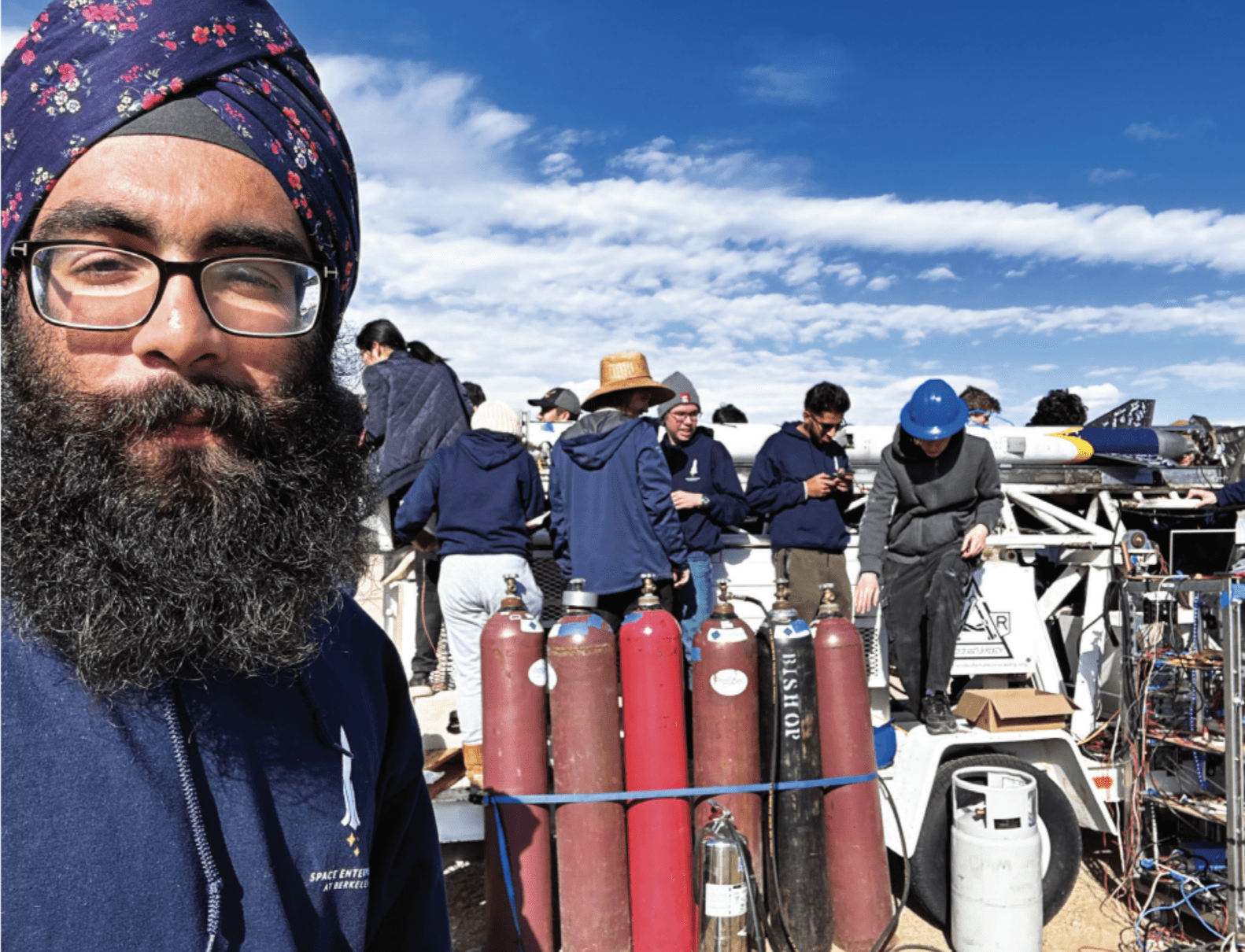Diverse group of National History Day competitors remain during remote learning
Participating in the National History Day Competition is a tradition for Country Day as middle and high schoolers submit projects for evaluation and to hopefully also win awards.
This year’s theme for research was Communication in History: The Key to Understanding. A total of 125 students completed projects as assignments for their classes. Of those, 65 students have decided to officially enter into the competition, with 30 from the high school. The range of the topics covered includes messages communicated through nursery rhymes to communication during the Space Race. Some students also did their projects on activism and protesting.
Freshmen Zoe Genetos and Brooke Barker constructed a digital exhibit on communication and leadership during the spread of hysteria and fear of witches. Prior to the project, they mutually had an interest in looking deeper into the history of witches, so the assignment was a good opportunity for them to explore.
We got the idea from an example project on the Salem Witch Trials, and we just thought that was so cool,” Barker said. “We’ve seen crystals and incense that relates to witches so we focused on European witches in Germany to England to France.”
Along with all other students throughout the school who completed an exhibit this year, the pair constructed their project online through Google Draw and are preparing to submit their work to the judges online.
High school history teacher Chris Kuipers said that running NHD remotely had been relatively smooth and successful. Like he required in previous years, Kuipers’s freshmen students had to focus on topics outside of the United States to tie into the world history aspect of the class.
He said the assignment consisted of making independent and student-driven research projects, so staying remote has not impacted the process significantly.
“In the classroom setting, I can walk around and sort of be more hands-on,” Kuipers said. “That’s more difficult. I can’t see their work and their progress as much.”
However, the popularity of specific project formats has changed this year as more students chose to do their projects digitally. In previous years, physical posters and exhibits were a popular choice, but Kuipers has found that more students gravitated toward making websites or writing research papers instead. Additionally, there were no live performance projects, which were already rare.
In some cases, certain categories were limited by choice this year.
Seventh grade teacher Tess Kahn decided to restrict the choices this year to only online exhibits and websites. She also removed her requirement for book sources due the most of the research being done online.
“I have never done this in the past,” Kahn said. “I wanted to make sure that I could really support them with providing handouts and focused instruction.”
In addition, tenth graders had the opportunity to adapt their sophomore projects, semester-long research papers on self-chosen topics local to Sacramento, to compete in NHD.
Jada Grey, a frequent NHD competitor and winner of cash prizes in the past, decided to research the topic of protesting. For her project, she focused on specific historical groups like the Black Panther Party. She also wrote about events like the protests during the Vietnam War and how they have impacted the way things operate now, like the military draft system.
One thing she struggled with was staying on track and finding good sources for her topic.
“I chose the Black Panthers because they have a Sacramento connection when they stormed the Capitol,” said Grey, referring to the 1967 event in California. “It was difficult finding quotes and sources about it because it was not well known.”
For each of the projects, there were requirements about the content and location for sourcing. But Grey, Genetos and Barker found most of their sources online because it was easier to access remotely.
“Getting book sources and hard copies was a challenge since we couldn’t really check the library or museums,” Genetos said. “Everything had to be online, and it made it a little harder to find.”
In previous years, there was also an interview piece of the competition and students had the opportunity to physically present their projects to the judges and answer questions. This year, however, the competition has dropped the interview portion due to operating on a remote model.
Kuipers said that the interview was never officially part of the project evaluation, which was based solely on the product itself. However, the opportunity to speak with the judges could help highlight the strengths of a student’s project. Therefore, Kuipers’s grading for the projects this year will also be mostly unchanged.
The competitors have submitted their work and process paper online in late February. The results will be announced on March 14 and showcased in a virtual exhibition. Students who qualify after the county competition will be eligible to advance to the state level competition and possibly to the national finals.
— By Garman Xu
Originally published in the March 9 edition of the Octagon.




